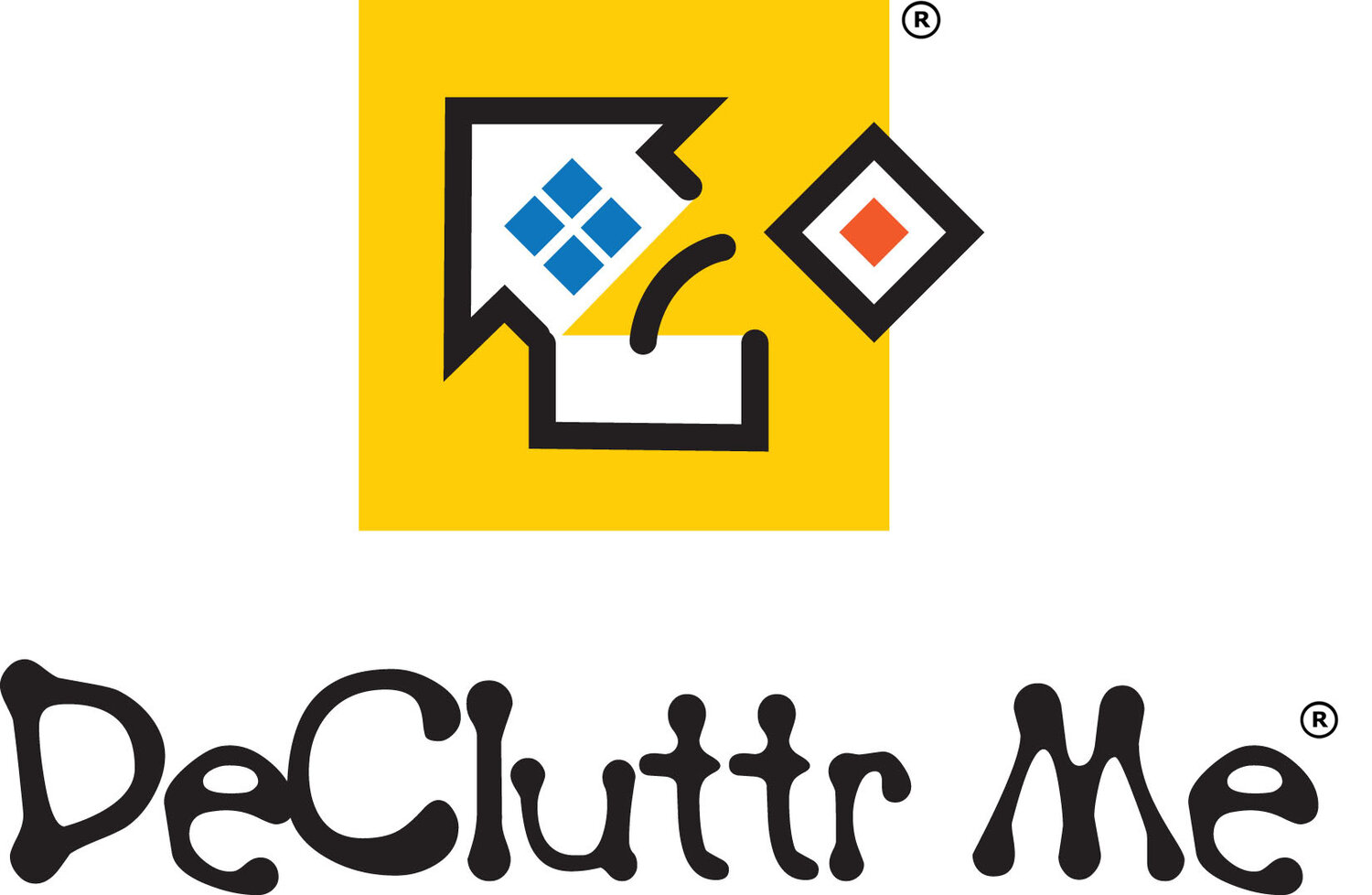Digital Decluttering for the Modern Professional
In our increasingly digital world, the clutter we accumulate isn’t just physical; it extends into our digital lives. As a professional, you may find that your productivity is hindered by a chaotic digital environment. Whether it’s overflowing inboxes, disorganised files, or apps that multiply like rabbits, digital clutter can be overwhelming. However, digital decluttering doesn’t have to be a daunting task. With a structured approach, you can regain control over your digital space and enhance your productivity.
Let’s start with the most common source of digital clutter: your email inbox. An overflowing inbox can be a significant source of stress, making it hard to find important messages and slowing down your response times. Begin by unsubscribing from newsletters and promotional emails as soon as you see them. Most email services have a feature that allows you to see which subscriptions you have, making it easier to manage. Once you’ve decluttered your subscriptions, consider setting up folders or labels for different categories of emails. This way, you can quickly locate important correspondence and keep your inbox clear.
Next up is your file storage. How often have you stared at your desktop, wondering where all those files came from? Start by creating a logical folder structure that suits your needs. For instance, you could have main folders for projects, personal documents, and archives. Under each main folder, create subfolders that break down the information further. As you sort through your files, delete anything you no longer need. This includes duplicate documents, outdated files, and anything that doesn’t serve your current goals.
If you use cloud storage, like Google Drive or Dropbox, take advantage of their search functions to help locate files. Many of these platforms also allow you to preview documents without opening them, which can save you time. Additionally, consider using tags or colour coding for easier navigation. A well-organised digital storage solution can save you hours of frustration in the long run.
Another area of digital clutter often overlooked is our apps and software. Many of us download apps for a specific purpose, only to forget about them later. Take some time to evaluate the apps on your devices. Ask yourself if you use each app regularly and if it adds value to your life or work. If not, it’s time to delete it. A streamlined selection of apps will not only clear space on your device but also reduce distractions, allowing you to focus on what’s essential.
Let’s not forget about your digital notes and documents. Whether you use a note-taking app or a digital planner, these tools can quickly become cluttered if not managed properly. Regularly review your notes and delete anything irrelevant or outdated. You might also consider a system for organising your notes, such as categorising them by project or theme.
While digital decluttering can feel overwhelming at first, breaking it down into manageable tasks makes it easier. Consider setting aside a few minutes each day to focus on one area at a time. This could be your email one day, your files the next, and your apps the day after. Over time, these small efforts will lead to significant improvements.
One key aspect of maintaining a clutter-free digital space is developing a routine. Just as you might dedicate time each week to tidy up your home or workspace, set aside regular intervals for digital decluttering. Whether it’s a weekly review of your inbox or a monthly file organisation session, having a schedule will keep you accountable and make the process feel less overwhelming.
Digital decluttering is an essential practice for modern professionals. By taking the time to organise your digital life, you’ll find that your productivity increases, stress decreases, and you can focus on what truly matters. Remember, a clutter-free digital environment is just as important as a tidy physical space, and both are key to achieving your personal and professional goals.
Hope you enjoyed reading this!
Thanks
Shelina

